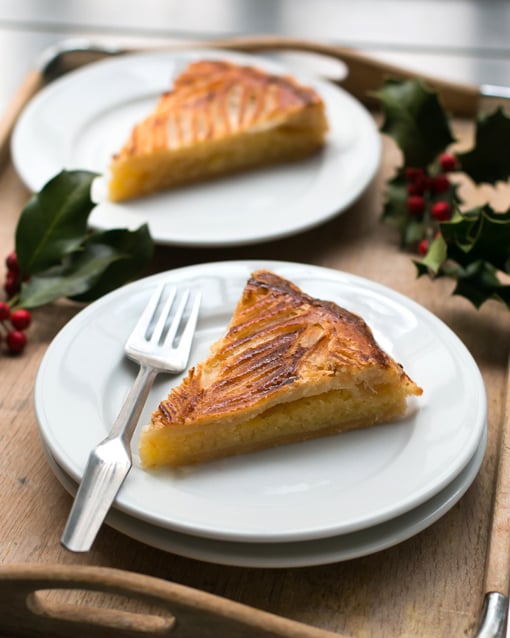Bolo rei
bolo-rei, king cake
A king cake, also known as a three kings cake or a baby cake, is a cake associated in many countries with Epiphany, the celebration of the Twelfth Night after Christmas. Its form and ingredients are variable, but in most cases a fève such as a figurine representing the Christ Child, is hidden inside. After the cake is cut, whoever finds the fève in their slice wins a prize. Modern fèves can be made of other materials, but always represent the King or Baby Jesus. The origin of the cake tradition was popularly believed to be related to the Roman Saturnalia. These were festivals dedicated to the god Saturn so that the Roman people, in general could celebrate the longer days that began to come after the winter solstice. For this reason, Margaret Hasluck disputed as well the Greek tradition commemorating St. Basil's feast day with vasilopita, saying both customs had a common origin in the Saturnalia and Kronia. In the Middle Ages, it was said that the king who was chosen had to pay the assembly a general round of drinks. To prevent cheating, the edible bean was replaced by a porcelain bean. In Christian tradition the cake commemorates the witness of the "Three Kings".
Source: Wikipedia

:max_bytes(150000):strip_icc()/9009772-galette-des-rois-Mary-V-4x3-1-5e8feadd16934022937b40ac035b0e45.jpg)
:max_bytes(150000):strip_icc()/galette-des-rois-recipe-1375050-hero-01-b39cbae5b9464b0f93c7012ee4df4df2.jpg)

